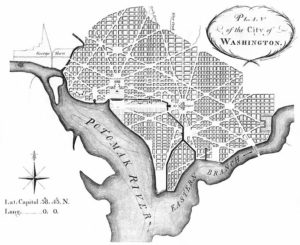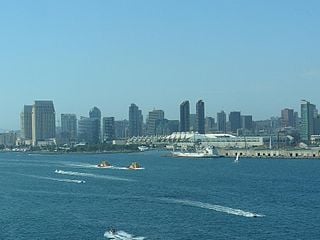There are resources and then there are resources – such that prompt sitting up and taking note.
“Cities100: 100 solutions for climate action in cities,” a Sustainia, C40 Cities Climate Leadership Group and Realdania collaboration, now this is a resource!
“Cities100” is a document that, in very clear terms and concise and structured form, provides data and information on what cities all throughout the world – 61 of them, in fact – are engaged in that details the economic, environmental and health co-benefits of implemented practices, programs and projects related to the following 10 in-alphabetical-order categories:
- adaptation in action
- adaptation plans and assessments
- building energy efficiency
- clean energy
- climate action plans and inventories
- finance and economic development
- social equity and climate change
- solid waste
- sustainable communities
- transportation
Indeed I find this particular document particularly relevant.
Case in point: Like with the fields of medicine, energy generation, agriculture, industry, transportation, finance, building or construction and waste, just to name several, they are all continually evolving and improving. And, so it is too for “Cities100.” But, perhaps making it even more so is the notion that the provided 100 solutions work.
Here is some of what C40 had to say about “Cities100” in a Nov. 15, 2016 press release:
“Available online and in print, Cities100 provides stakeholders an accessible format to explore achievable solutions for climate action in cities, and will be a useful tool for relevant groups ranging from impact investors and development organizations, to mayors and city governments.”
But, it’s more than that. The C40 group in the release elaborates:
“Now in its second year, Cities100 – presented by C40 Cities Climate Leadership Group (C40), Sustainia and Realdania – showcases leading solutions to urban climate challenges in ten sectors, ranging from solid waste management to transportation. For the first time, this year’s publication features solutions that address the nexus of climate change and social equity.
“Today, more than half the world’s population lives in urban areas and this is projected to rise to two-thirds by 2050. Yet the impacts of climate change are not distributed equally or fairly: people living in cities – particularly in low-income countries – are disproportionately affected by the burden of the changing climate. Fortunately, creating more adaptive and resilient cities also yields the co-benefit of fostering economic sustainable development – projects that expand urban agriculture and local energy production, for instance, can improve economic opportunities for those most in need. A good example of this is taking place in Tshwane, South Africa, where the Tshwane Food and Energy Centre is providing cooperative farming opportunities and self-sustaining renewable energy generation to an underprivileged community, allowing small scale farmers to ensure their own food security, earn income from food sales, and produce on-site clean energy.”
The way I became aware of this “Cities100” resource, incidentally, was through a friend who had emailed me the information that brought this invaluable resource to my attention.
The second I clicked on the link is the moment I discovered what a treasure trove of practices, programs and projects this is, that not only make for a better environment but contribute to improved community economic and physical wellbeing.

An example of one of the more revolutionary projects is a thermal hydrolysis plant located in Washington, D.C., which takes solids leftover from wastewater treatment and where under high heat and pressure, the solids break down and in their decomposition state, produce methane gas to produce two by-products: electricity and steam. In the case of steam generation, it is a closed-loop situation as the steam is used to produce the heat to make this process even possible. As a result, what is an environmental hazard is transformed into a gas and this gas is then utilized to generate electricity and steam and does it in a way that is sustainable, helps clean the air, contributes to human health and environmental improvement all the while being by its nature a very efficient process which is a boon to the local economy in the sense that more than $100 million a year in savings is reaped and the list of benefits don’t stop there. The savings are then passed on to the consumer in the form of lower energy bills. Meanwhile, the residue that remains after all is said and done becomes fertilizer as both a medium for growing plants in gardens and for sustainable infrastructure projects.
And, to think, this is just one! As it happens, this is the very first in the resource presented. In 2016, presented are 99 more.
I just can’t say enough about this so-called “climate action” resource. That’s obvious in the extremely limited amount of information I have presented about it here. Nevertheless, this is truly a win-win-win-win for all involved!
To learn more, see: “New publication highlights urban projects that address the nexus of climate action and social equity,” press release here.
Notes: Original caption information for map displayed above was incorrect and read: “L’Enfant Plaza, Washington, D.C.” Captioning information has since been corrected. Article text revised on Jul. 16, 2017 at 12:53 p.m. Pacific Daylight Time.
Image above: Andrew Ellicott, revised from Pierre (Peter) Charles L’Enfant, Thackara & Vallance sc., Philadelphia 1792
